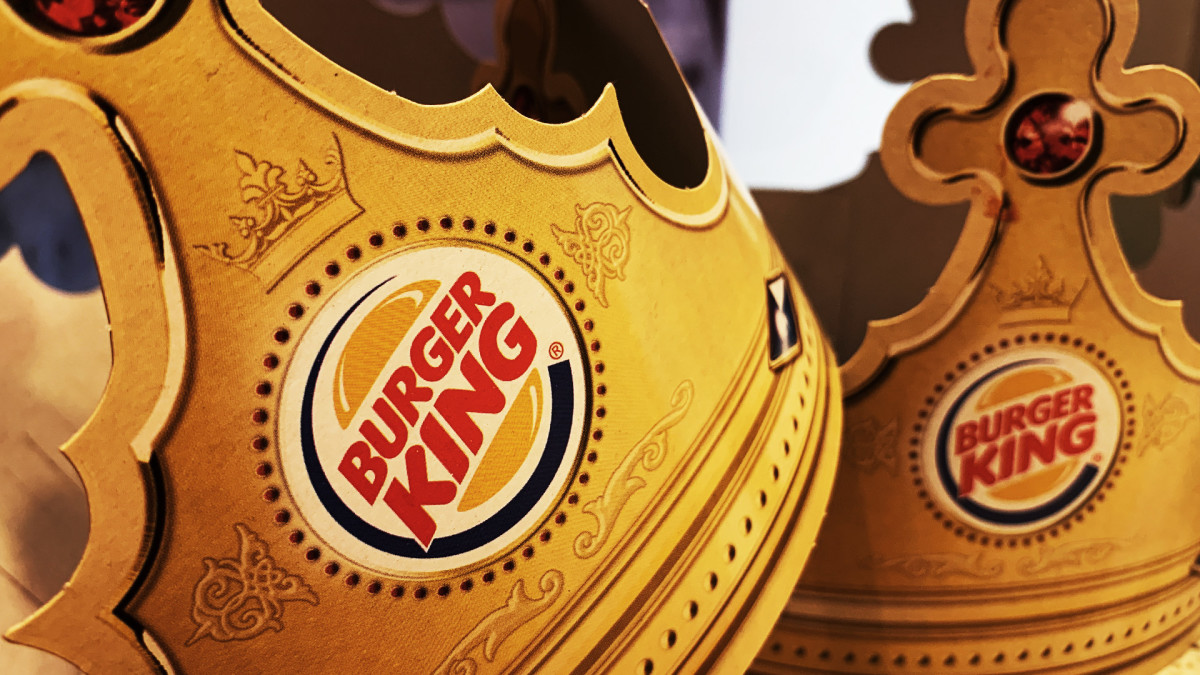
Wendy's said the soft part loud and angered its customers while also earning scorn from politicians eager to scold "greedy" businesses.
The number two hamburger chain in the United States created quite the backlash when its new CEO Kirk Tanner said the chain planned to use dynamic pricing. That sounds outrageous as under that model your food would cost more during busier times of the day.
Related: Taco Bell menu drops a number of popular items
In reality, tons of businesses, including restaurants use dynamic pricing to control crowds and drive traffic to less busy times of the day (or year, depending upon your business). Disney World, for example, charges different admission prices based on the time of year.
It costs more to visit one of the company's theme parks during the holiday season than it does during periods when kids are in school. That's a good thing for consumers as it actually gives them different price point options which makes visiting Disney World possible.
If the company had to use a single price for admission tickets every day, it would likely be higher than the current cheapest-priced days. The same pricing scheme has also been adopted by cruise lines. It's cheaper to sail Royal Caribbean or Carnival ships when kids are in school and holiday weeks can cost triple the price of non-holidays for the same itinerary on the same ships.
Anyone who has stayed in hotels understands the concept of dynamic pricing where demand drives prices up and lack of demand drives them down. It's not a new concept, but Tanner did not do a great job presenting Wendy's plan and the company had to backtrack.

Image source: SAUL LOEB/AFP via Getty Images
Wendy's presented its pricing plan wrong
Tanner did not consider the potential backlash when he talked about the company's pricing plans during its fourth-quarter earnings call.
"We expect our digital menu boards will drive immediate benefits to order accuracy, improve crew experience and sales growth from upselling and consistent merchandising execution. Beginning as early as 2025, we will begin testing more enhanced features like dynamic pricing and day-part offerings along with AI-enabled menu changes and suggestive selling," he said.
To consumers, dynamic pricing tends to make people think of Uber and Lyft which use "surge pricing" during busier times of day. Basically, that's an attempt to push demand into dayparts which are less busy to both maximize revenue and incentivize customers to move their business to cheaper times of day.
That's quite common in the fast-food business, but McDonald's, Restaurant Brands International's (QSR) Burger King, and non-burger players like Starbucks and Taco Bell are just more clever about how they do it.
How McDonald's and other fast-food giants use dynamic pricing
Think of the menu board price as the highest price anyone will pay for that product. McDonald's, Burger King, Taco Bell, Starbucks, and nearly every other change have ways to lower that price in exchange for the customer doing what it wants.
Starbucks, for example, sometimes offers an afternoon buy-one-get-one promotion for various drinks (usually Frappuccinos) to drive traffic during the slowest part of its day. It also has added loyalty points offers built around ordering certain items or visiting its cafes during certain hours.
McDonald's and Burger King (and Wendy's for that matter) offer incentives for ordering via their apps and have the ability to offer discounts based on the time of day. The difference between what Wendy's said it planned to do and what all these chains do is in how it's presented.
Wendy's made it seem like prices would be higher sometimes and people were outraged. In reality, fast food chains menu board prices are always the highest customers will ever pay and the dynamic part is using discounts or other offers to drive business to the dayparts and products the company thinks need help.
That's how Wendy's tried to walk back Tanner's comments in a media statement made after the social media outrage at his original remarks.
We said these menuboards would give us more flexibility to change the display of featured items. This was misconstrued in some media reports as an intent to raise prices when demand is highest at our restaurants. We have no plans to do that and would not raise prices when our customers are visiting us most.
Any features we may test in the future would be designed to benefit our customers and restaurant crew members. Digital menuboards could allow us to change the menu offerings at different times of day and offer discounts and value offers to our customers more easily, particularly in the slower times of day.
That's still dynamic pricing and it's good for consumers who get to make decisions like "Can I wait until 1 p.m. for my Frappuccino and get another one free?"







